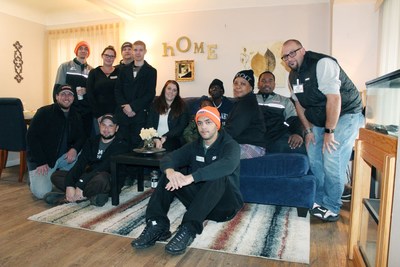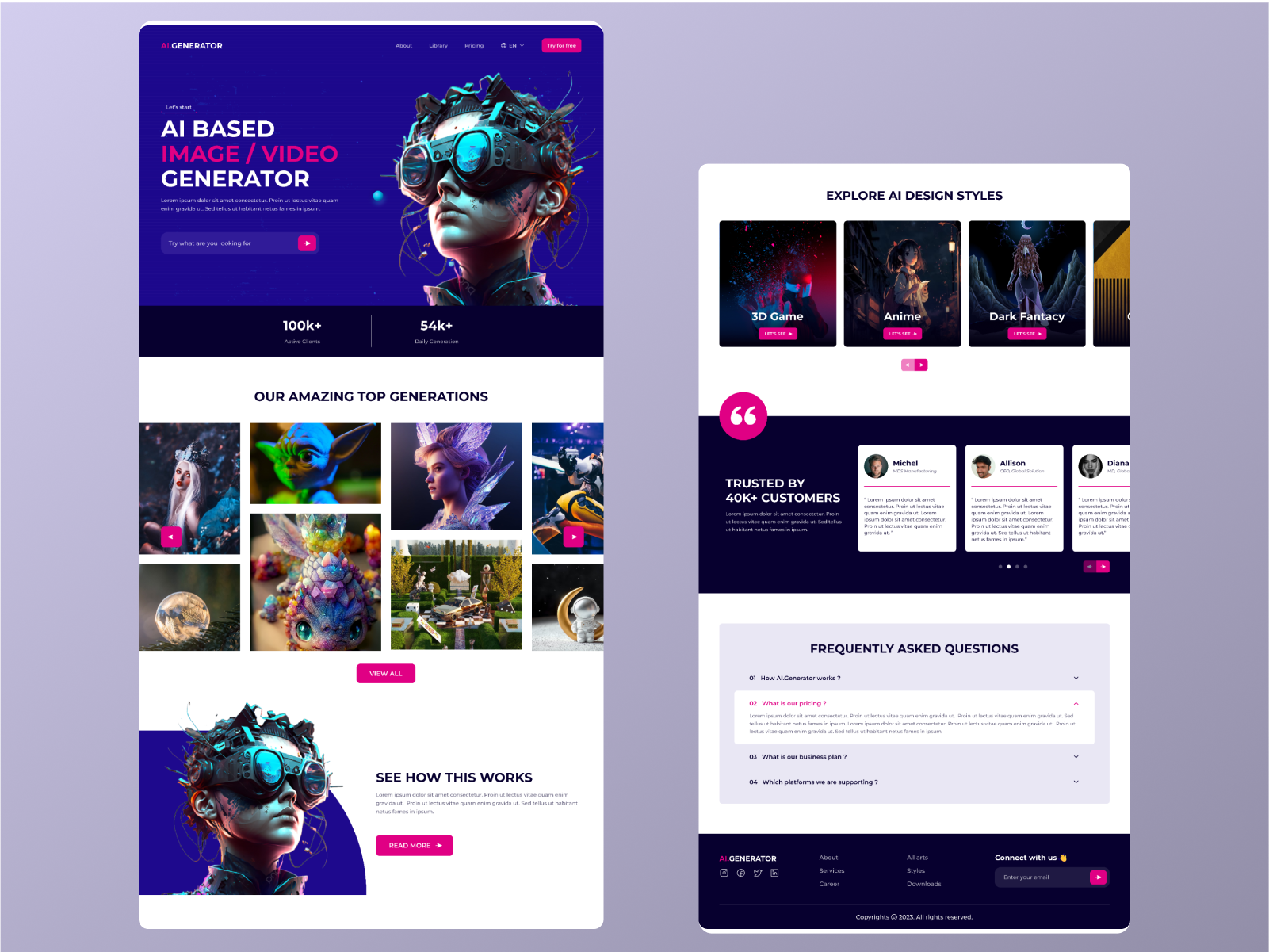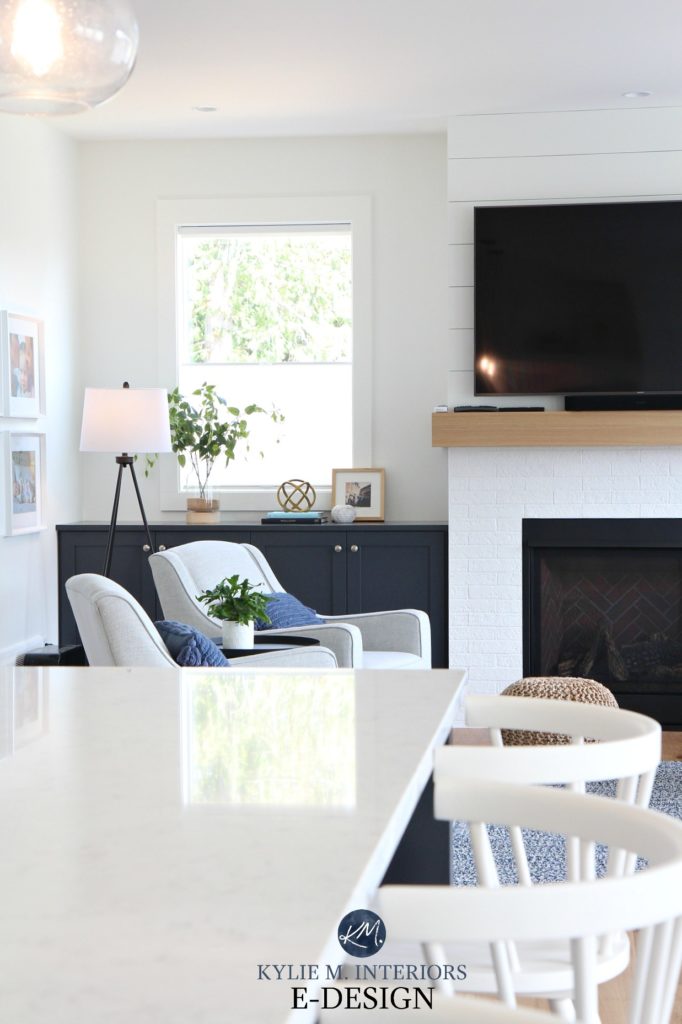Table Of Content

In the first year, each student chooses two university elective courses outside of Art & Design. These electives enable designers to engage more deeply with potential topics in the sciences, social sciences and humanities, serving as springboards for their creative work. In the second year, design courses address the development, production, display, and publication of the student’s thesis work.
Teaching Opportunities
Master of Fine Arts in Design at Virginia Commonwealth University - Dezeen
Master of Fine Arts in Design at Virginia Commonwealth University.
Posted: Thu, 28 Sep 2023 07:00:00 GMT [source]
Please see the information on Course Load/Credits in the Academic Policies section of the website for more information. Explore masters in interior design and architecture programs and graduate schools offering interior design and architecture degrees. Find the best interior design and architecture programs for you with government statistics and graduate student reviews.
Advanced Special Topics in Design Innovation
The department also offers a range of paid co-adjunct positions which students may apply for each semester. Creative lab is a resource for the entire east bay community, located right here on the UC Berkeley campus. Situated in the ASUC Student Union, a major hub of student activity on campus, the lab offers marketing opportunities to companies, campus departments, and student organizations. It is one of the world’s most distinguished laboratories for experimentation, research, and intellectual synergy. The first school to combine the disciplines of architecture, planning, and landscape architecture into a single college, CED led the way toward an integrated approach to analyzing, understanding, and designing our built environment.
School of Architecture - Woodbury University

The program trains students to take responsibility for the entire life cycle of innovation, from idea to execution and beyond. The Master of Design (MDes) is a professional graduate program in design for emerging technologies that emphasizes critical design and social practice to address the new realities of emerging technologies in the 21st century. Investigate business and policy opportunities in design for services and social innovation through research-based team project work in your studio course. The Center for Integrated Media concentration is designed specifically for MFA students whose creative use of technology—in particular digital media—goes beyond their primary areas of study.
Interdisciplinary Opportunities

User-centered design methods, universal (inclusive) design, design with community partners, and socially motivated projects are particularly strong areas of our teaching, and align with SF State's mission to prepare students to be innovators and leaders in their communities and beyond. The tuition and fees per credit vary with program academic level with a difference between master’s degrees and the TPP Program, but do not vary based on the student’s residency status. The anticipated total program tuition and fees is an estimate based FY 2020 per-credit tuition and fees rates applied to total program credits. The academic definition of “full-time enrollment” varies from the billing and financial aid policies as stated above. Full-time students take at least 12 credits per semester; part-time students take fewer than 12 credits per semester.
Master of Arts in Interior Architecture - Announcements - E-Flux
Master of Arts in Interior Architecture - Announcements.
Posted: Tue, 23 Jan 2024 08:00:00 GMT [source]
Future Histories Lab is a UC Berkeley program that aims to reveal hidden histories and help us imagine and build better futures. We work with community organizations to research issues of interest to them and present the research publicly–through websites, exhibitions, installations, and other means. Digital Humanities at Berkeley is a partnership between the Office of the Dean of Arts and Humanities and Research IT in the Office of the CIO.
Our club provides students with access to virtual reality equipment and training and charters project teams to explore the applications and implications of virtual reality in diverse fields through research and development. By providing access to hardware and expertise, we aim to lower the barriers to experiencing and developing virtual reality technology. We are partnering with established labs on campus to investigate virtual and augmented reality as tools for robotics control systems, visualization of complex data, and as an interface for the future. With an optional 9 credit hours for additional final project development (total of 39 credit hours)For students that have a strong background in interactive and experimental media arts and come into the program with a pre-determined project. We collectively cast a broad net, so you’re likely to find people who share your interests.
The UC Berkeley Art Museum and Pacific Film Archive (BAMPFA) is the visual arts center of UC Berkeley presenting more than 20 art exhibitions and 450 films annually. BAMPFA's mission is to inspire the imagination and ignite critical dialogue through art and film. Design necessarily engages the most urgent and complex conditions of our time, and the Master in Design Studies (MDes) post professional program empowers students to address those conditions head on. Earn an MA in Curatorial Practices and the Public Sphere; a studio-intensive MFA Art featuring critical exchange and curator collaboration; or a studio-based MFA Design degree focused on contemporary practice.
CAMPUS MAP
We encourage you to leverage the vast connections of our faculty as you seek these opportunities. In addition, the School of Design invites you to participate in Confluence, our annual career event held each spring to support students in their internship and employment searches. The MDes is considered to be a terminal degree in design, and graduates are poised to take on leading roles in professional practice worldwide. Alumni are also well-positioned to acquire entry-level teaching and research positions at universities. As a graduate, you may choose to deepen your studies through a design-focused PhD program, like that offered by the CMU School of Design, or continue your education in areas such as business, human-computer interaction, or public policy. Whatever direction you choose to pursue, our MDes will provide you with a strong design education that builds on your background and strengthens the positive trajectory for achieving your professional goals.
The MFA in Art curriculum provides graduate students a great deal of freedom in designing a course of study that best suits their individualized needs. Students are supported in cultivating their own areas of interests, and in developing research trajectories and critical skills necessary for a unique art practice. In critiques, seminars, individualized studio practice, independent studies and deeply engaging social environments, MFA students enhance their ability to consider and shape the physical and virtual world—and, by extension, the political and social fields they inhabit.
Requires students to engage in an experience outside of an MDes course or studio where they apply what they have learned in a broader context. Experience typically takes place in the summer between the Spring and Fall semesters and is uniquely defined to align with students’ interests and career goals. In our experience, strong portfolios often opt to describe a limited selection of projects in depth, rather than account for a large breadth of projects superficially.
Formal faculty reviews of student work take place in the first semester after student’s first-year exhibition followed by a studio review during the second semester. In the second year, students write a thesis statement, participate in a thesis exhibition, and give a formal presentation of their work followed by a final faculty review. Some students find that our two-semester MA provides a sufficient introduction to design that augments their skillsets and their career in their native practice or informs their studies in an adjacent field. For others, the MA may function as a first step toward deeper studies in design that will ultimately lead to a rewarding career in the field. Students may continue their education in our Masters of Professional Studies (MPS) in Design for Interactions, Masters of Design (MDes) in Design for Interactions, or PhD in Transition Design program.
With the fellowships comes the expectation that graduate students will fully participate in the Art & Design Department community during their time at Mason Gross. Students are responsible for covering all additional university fees including health insurance, campus fees, housing, and materials. Students may apply for additional financial support through a host of department jobs.
While designers typically work in service of others in response to specific prompts, courses in our MA program provide ample autonomy to direct your individual work within project parameters. We take this approach because we recognize the importance of your individual interests and your desire to chart your personal path and define your design “voice”. CMU is recognized worldwide for its focus on research, and The School of Design nurtures that culture.
Spanning four semesters over the course of two years, the MDes program will challenge how you perceive the roles design can and should play in aiding various forms of interactions throughout society. Each semester you will encounter thoughtfully aligned seminars, studios, and labs that equip you with important knowledge and skills to aid your development as a design leader. Through individual and team-based projects that focus on the design of services or social innovation concepts, you’ll explore design principles, approaches, theories, and tools that are essential for designing for interactions.












